During the 1930s, the conservation policies of the federal government collided with Navajo culture. What the Navajo perceived as the callous disregard of the government for sheep and goats-both important in Navajo culture-resulted in resentments toward the American government which are still present today.
Domesticated sheep and goats were not native to the American southwest, but were initially brought into the region by the Spanish colonists who introduced them to the Pueblo and Athabascan-speaking Indians. The adoption of sheep by the Athabascans had a profound impact on one group in northwestern New Mexico who became known as “Apaches de Nabaju” or the Navajo. The addition of sheep husbandry to their farming and raiding economy led to the early divergence of Navajo culture from southern Apache culture.
The first sheep which were adopted by the Navajo were the Churro breed which is an Andalusian stock. The Churro provide a long, smooth, and relatively greaseless wool which was easily hand-spun. Over time, other breeds were introduced to the area and interbred with the Churro. Today there are relatively few purebred Churro sheep among the Navajo, although there is a movement to increase the number of Churro sheep because of the demand for its wool by Navajo weavers.
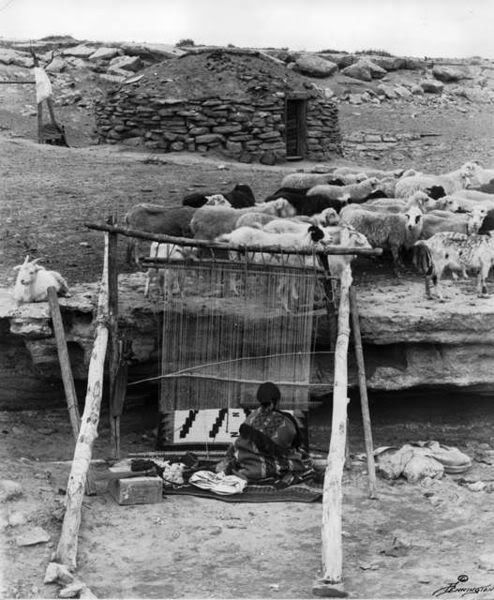
Sheep quickly became an important part of Navajo culture. Sheep were not simply an impersonal herd on the hoof: for the Navajo, each animal had its own personality and characteristics. In addition, the wealth of a clan was counted by the size of its flock of sheep.
During the early years of the Navajo reservation, goats were more important than sheep with regard to subsistence value, as they supplied milk and cheese as well as meat. However, sheep were important to the trading economy as they provided the raw material (wool) for trade items (blankets, rugs). Wool was also used to make clothing.
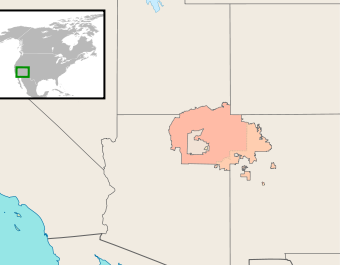
Shown above is a map of the Navajo Reservation.
In 1934, federal bureaucrats determined that Navajo Nation land was being overgrazed and ordered that the Navajo herds be reduced. As a part of the stock reduction program on the Navajo Reservation, 148,000 goats and 50,000 sheep were sold. Not all of the goats could be delivered to the railhead, therefore some were slaughtered and the dried meat given back to the Navajo. Other goats were simply shot and left to rot while some were shot and partially cremated by soaking them with gasoline and lighting it. In some instances, federal agents went out to the herds and often shot the animals before the eyes of astonished, grieving families. For the Navajo, this uncaring attitude toward a valuable resource seemed almost incomprehensible. The women, who were the owners of the herds, intensely criticized and condemned the government program.
In carrying out the government’s stock reduction programs, the Bureau of Indian Affairs (BIA) failed to understand Navajo concepts of stock ownership. The BIA was accustomed to assuming that the flocks are family owned, that is, they were owned by the male head of household. Since Navajo women owned large herds this meant that women soon found that their flocks were being credited to their husbands.
Non-Navajo conservationists advocated the reduction in goats because the animals had little market value. They did not understand that in a subsistence economy, such as that of the Navajo, goats were important as a dependable source of food. Navajo families could drink goat’s milk and eat goat cheese and meat while reserving their sheep to breed or barter at the local trading post.
Concerned about the damage caused by over-grazing on the Hopi and Navajo reservations, the Bureau of Indian Affairs conducted a survey in 1935 which showed that the land could support about 560,000 sheep units. Navajo flocks at this time were in excess of 1 million sheep units.
In 1936, Navajo women rebelled against BIA pressure to reduce the size of their sheep herds. At Kayenta, 250 Navajo gathered. While most of those present were men, Denehotso Hattie, a woman almost blind from trachoma, was the leader. She pointed her finger at the new Indian superintendent for the reservation and denounced the government plan for range management.
In general the BIA, tended to ignore long-established cultural patterns regarding livestock management and they often disparaged local knowledge and cultural understandings of the environment. With regard to implementing the livestock reduction program, they refused to solicit or listen to Navajo advice. Finally, BIA officials tended to be sexist in that they disregarded the role of women in Navajo society.
The Bureau of Indian Affairs established land management and grazing districts on the Hopi and Navajo reservations in 1937. Both Navajo and Hopi sheep herds were to be reduced by 10%. For people who measured their wealth in the size of their flocks, the idea of reducing them seemed to be cruel and bizarre.
In order to obtain the appearance of Navajo support for livestock reduction, the Agency Superintendent brought together about 70 specially selected Navajo leaders and then encouraged-some would say, coerced-them into voting themselves as the new Navajo Tribal Council. The strategy of the Bureau of Indian Affairs was to create a new governing body which would enact and enforce legislation to require the Navajo people to conform to grazing regulations. The new council had 70 members with each member representing a new voting district. In opposition to the Council, J.C. Morgan organized the Navajo Progressive League which vowed to form a representative council.
Following the formation of the new tribal council, the Navajo Tribal Council drafted a set of grazing regulations designed to meet Navajo needs. These were then submitted to the Secretary of the Interior for review and approval.
While the number of Navajo sheep and goats decreased during the 1940s, the conflicts between traditional livestock methods and those imposed on them by the bureaucracy have remained.
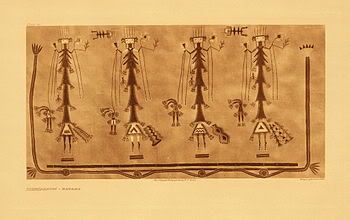
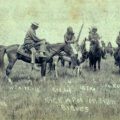
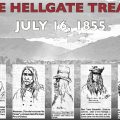
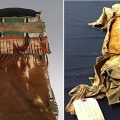
Leave a Reply